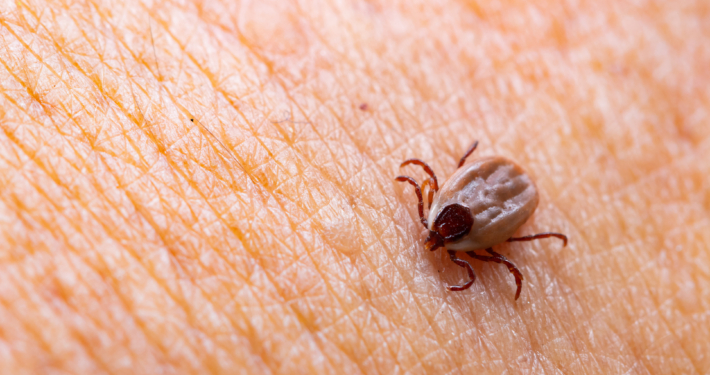How to Spot a Tick Bite and What to Do About It
With a significant number of reported cases of Lyme disease each year, being aware of the signs of tick bites is vital for early detection and treatment. Ticks are prevalent in many regions, and thousands of people encounter them annually. Understanding how to identify tick bites and what steps to take can significantly reduce the risk of contracting tick-borne illnesses.
By: Richard Rich
Introduction
Ticks are small, blood-sucking parasites that can transmit diseases such as Lyme disease, Rocky Mountain spotted fever, and babesiosis. If you spend time outdoors, particularly in wooded or grassy areas, it’s important to be vigilant and know how to spot a tick bite. In this article, we will provide you with detailed information on how to identify a tick bite, common symptoms to look out for, and essential steps to take if you find a tick attached to your skin.
What to Do If You Find a Tick
If you discover a tick attached to your skin, follow these steps to remove it safely:
- Use fine-tipped tweezers: Grasp the tick as close to your skin’s surface as possible.
- Pull upward with steady pressure: Avoid twisting or jerking the tick, as this may cause its mouthparts to break off and remain in your skin.
- Clean the area: After removing the tick, clean the bite site with soap and water, and disinfect the tweezers with rubbing alcohol or soap.
- Save the tick: If you suspect the tick might be a carrier of disease, place it in a sealed container or plastic bag for identification by a healthcare professional.
Identifying a Tick Bite If It’s Not Attached
Tick bites are often painless and may go unnoticed, especially if the tick is in a hard-to-see area of your body. However, there are several signs that can help you identify a tick bite:
- Redness and Swelling: Tick bites can cause redness, swelling, and inflammation at the site of the bite. This reaction is your body’s immune response to the tick’s saliva.
- Itching and Irritation: Many people experience itching or irritation around the tick bite area. This itching sensation may persist for several days.
- Bull’s-Eye Rash: In some cases of Lyme disease, a characteristic rash known as erythema migrans may develop. This rash appears as a red spot or bump with a clear center, resembling a bull’s-eye. It typically expands over time and can reach several inches in diameter.
Common Symptoms of Tick-Borne Diseases
If you have been bitten by a tick, it’s important to monitor your health for any potential symptoms of tick-borne diseases. Common symptoms include:
- Fever and Chills: An elevated body temperature accompanied by chills is a common sign of a tick-borne infection.
- Fatigue: Feeling excessively tired or lacking energy could be an indication of a tick-borne illness.
- Muscle and Joint Aches: Tick-borne diseases may cause muscle and joint pain, similar to flu-like symptoms.
- Headaches: Persistent headaches, especially in combination with other symptoms, should not be ignored.
- Skin Rashes: Beyond the bull’s-eye rash associated with Lyme disease, other tick-borne infections can cause various types of rashes. These rashes may differ in appearance, so it’s crucial to seek medical attention if you notice any changes on your skin.
When to Seek Medical Attention
While most tick bites do not result in serious complications, it’s essential to be aware of certain situations that warrant medical attention:
- A tick is engorged or has been attached for an extended period: A tick that appears swollen or has been attached for more than 24 hours increases the risk of disease transmission.
- Development of symptoms: If you experience any of the aforementioned symptoms after a tick bite, promptly seek medical advice.
Conclusion
Knowing how to spot a tick bite and understanding the potential symptoms of tick-borne diseases are crucial for early detection and appropriate medical intervention. By taking preventive measures and promptly removing ticks, you can minimize the risk of developing complications.







